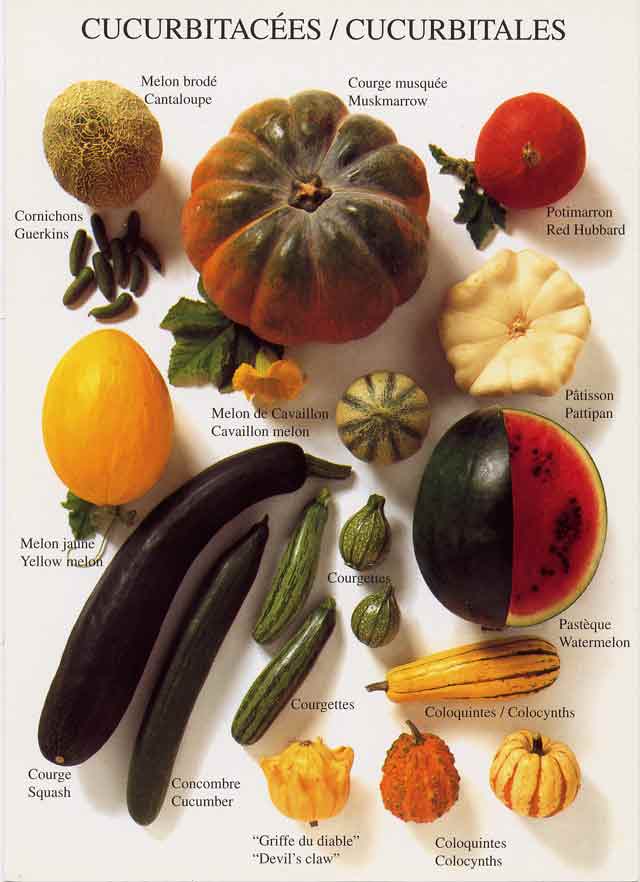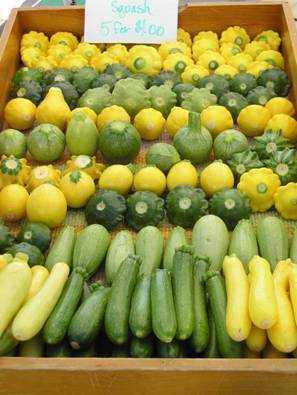Changes in deliveries next week: Monday deliveries move up to Sunday, April 30th. The order system will close for changes this Thursday at 9:00 pm. Thus, there will be no bread-baking on Sunday.
Wednesday deliveries take place on Wednesday, as usual, but the order system will close for changes Monday at 9:00
Sprout deliveries for next week (for Sunday & Wednesday) may be made till this Wednesday night (today).
Thank you! Our best wishes for calm, happy days! _______________________________________________
SAVE THE DATE:
Our Open Day will take place on Isru Chag Shavuot, Thursday June 1, between 3-7pm in our field, with lots of fun activities for children, a cooking area and tours of the field for big and little feet. Plus, a mini-shopping market in our packing house. Stay tuned for a more accurate schedule, coming soon. We look forward to your visit! ______________________________________
Winning at Squash
One of the very first vegetables to accompany the undependable Spring weather is the very dependable squash. Perhaps you have already noticed him in your boxes. If not, you’re sure to see a lot more in the near future: the light Galilean squash and dark green zucchini are coming! Their pals, the yellow and striped zucchini have already been seeded and will soon be ripening, right on time for our second round of the squash harvest. As the leader of the band, we happily dedicate this newsletter to this remarkable vegetable.
Squash belong to a quite prominent family – the Cucurbitaceae’s, a very diverse and widespread clan whose members are grown primarily for food, but also for other interesting uses. Within the subdivision of cultivated plants, the family tree splits off into five main branches: the cucumber, fakus and melon; watermelon; various types of pumpkins and squashes; the decorative, inedible pumpkin that is used for decorations and to make serving utensils and musical instruments; and the Lupa pumpkins, whose skin is used to prepare natural sponges.

As mentioned, pumpkins and squash are close cousins, except that the pumpkins are harvested at maturity after a long growth period of 3-5 months, when their shell is hard and the seeds within are stiff and plump. Conversely, squash are harvested young, after only one or two months of growth. Their rind is still soft, and chafes easily. Their seeds are thin and barely discernable, which is why there’s no need to remove them before eating. Squash and pumpkins are natives of Central America. Columbus introduced them to the Europeans, who first grew them only in botanical gardens, enjoying their beautiful blossoms. The Israelites, pleading “We remember the fish we ate in Egypt at no cost–also the squash, melons, leeks, onions and garlic…” apparently were not craving what we call squash, but probably the fakkus, their African/Mid-Eastern cousin. Even within its very own family, squash vary from one sibling to another. The Mid-Eastern squash is chubby and light green. His longer and thinner brothers the zucchinis received their name from the Italian zucca for pumpkin, thus “a small pumpkin.” Chubeza grows dark green, yellow and striped zucchini. And there are also round squash varieties used to stuff, and even beautiful flower-shaped squash.

Squash is low in calories and high in dietary fibers. It contains magnesium, potassium and folic acid, Vitamins A and C and other antioxidants. Zucchini has a fresh, neutral flavor (some will call it bland), but no need for a PR campaign: its neutral taste is probably the ingredient that made zucchini a favorite child in almost every country. In France they are used in ratatouille and quiches; in Italy they are prize components of caponata, frittata, antipasti and pasta primavera. The Italians also harbor a special love for stir-fried zucchini flowers. Romania and Bulgaria cook it in a givetch, in Turkey it stars in patties, in the Middle East one can stuff it with rice and chopped meat, and Iraqis use squash generously in kubeh soup or sauce. In the Far East, zucchini and squash are stir-fried together in a wok, while in the United States they make their way into to yummy bread and zucchini jam…… But hey, zucchini can also be eaten with no cooking whatsoever, nor frying or baking – Just squeeze them to make squash juice, a great detox for the body. At Chubeza, when a cucumber shortage struck, we used to happily chop zucchini to fill our family lunch salad, and then scrape the bowl clean. Wishing you all a safe, wonderful week, All of us at Chubeza
___________________
WHAT’S IN THIS WEEK’S BOXES?
Monday: Parsley/coriander, celery, lettuce, cucumbers, zucchini, tomatoes/cherry tomatoes, cabbage, leeks/fresh onions, fennel, carrots, beets. Special gift: spinach/nana mint Large box, in addition: Kohlrabi, Swiss chard, radishes/fresh garlic
Wednesday: Parsley/coriander, celery, lettuce, cucumbers, zucchini, tomatoes/cherry tomatoes, cabbage, radishes/fennel, carrots, beets, potatoes/kohlrabi. Special gift: spinach/nana mint Large box, in addition: Swiss chard, leeks/fresh onions, fresh garlic
And there’s more! You can add to your basket a wide, delectable range of additional products from fine small producers: flour, fruits, sprouts, honey, dates, almonds, garbanzo beans, crackers, probiotic foods, dried fruits and leathers, olive oil, bakery products, apple juice, cider and jams, dates silan and healthy snacks and goat dairy too! You can learn more about each producer on the Chubeza website. On our order system there’s a detailed listing of the products and their cost, you can make an order online now!
